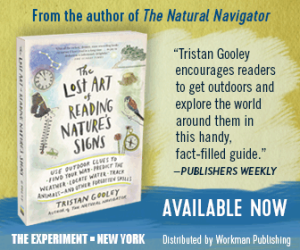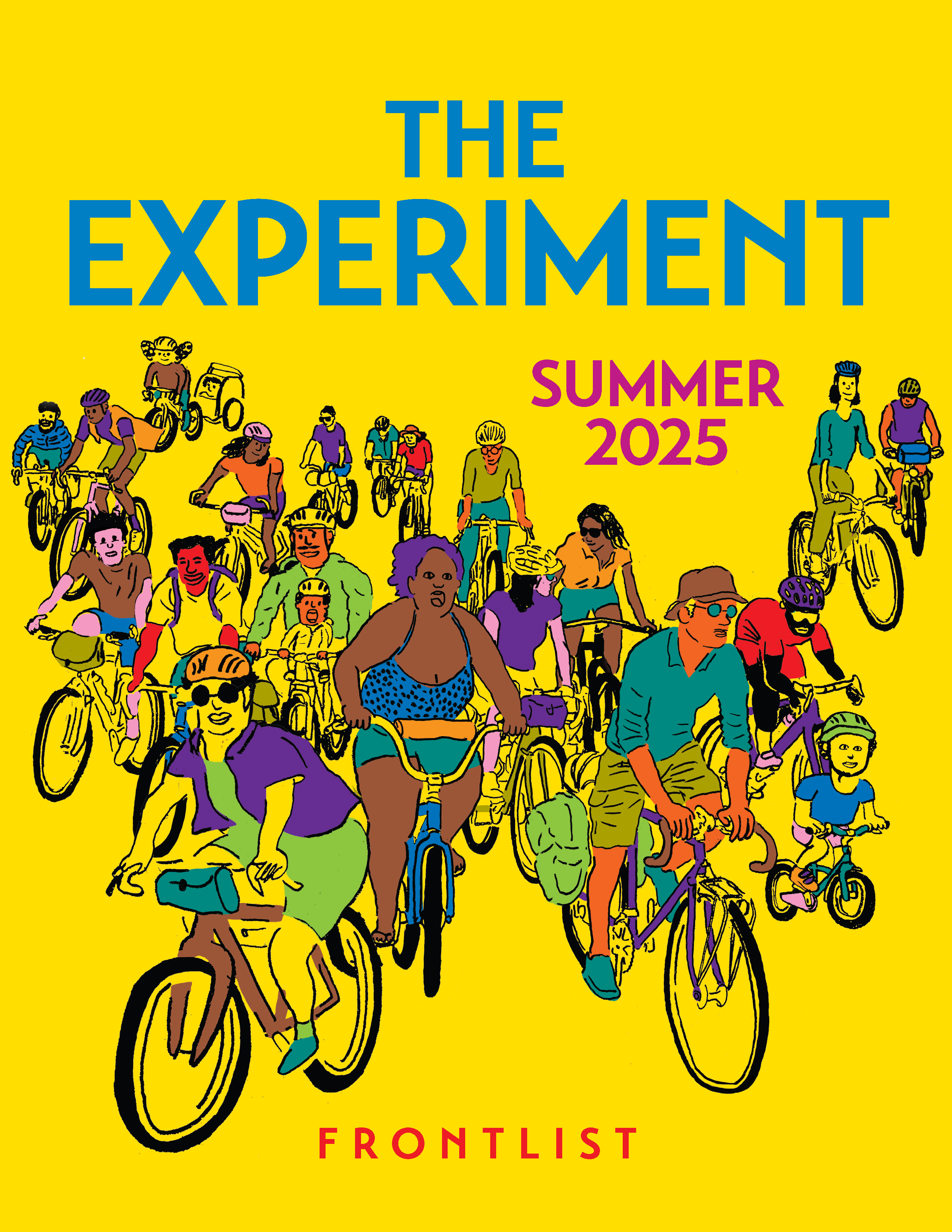Last week, Gretchen Reynolds wrote an article, “How Walking in Nature Changes the Brain,” for The New York Times, and it quickly became the #1 emailed article on nytimes.com.
How many of us are flocking to cities, sweating in our non-air conditioned apartments, and counting our walk to the nearest subway as our time in nature? There is, more and more, a growing movement to “return to nature.” Summer camps for adults, mindfulness retreats that require giving up all electronics, the growing desire of millennials to reject offices and work on the land, on farms, etc, are a few of the many examples indicative not just of new hobbies and curiosities about the outside world, but of some intrinsic rejection of the technological, concrete world so many of us are expected to (and let’s be honest, desire to!) participate in.
The simple fact that more people sitting on their phones, computers, iPads, Apple watches (do they do that?) chose to email this piece above all other NYT articles indicates the recognition, the fear, the awareness that maybe we’re all sacrificing something by living in major cities and the yearning to try and get some of that back.
In the article, Reynolds writes:
“Most of us today live in cities and spend far less time outside in green, natural spaces than people did several generations ago. City dwellers also have a higher risk for anxiety, depression and other mental illnesses than people living outside urban centers, studies show.”
She goes on to cite a study published a few weeks ago by Gregory Bratman of Stanford which scrutinized what effect a walk in nature would have “on a person’s tendency to brood.” (“Brooding, which is known among cognitive scientists as morbid rumination, is a mental state familiar to most of us, in which we can’t seem to stop chewing over the ways in which things are wrong with ourselves and our lives.”)
The results, though far from comprehensive on the subject, “‘strongly suggest that getting out into natural environments’ could be an easy and almost immediate way to improve moods for city dwellers, Mr. Bratman said.”
 Today, Tristan Gooley’s, ‘The Lost Art of Reading Nature’s Signs,’ publishes; just over a week after Reynolds’ article came out. As an expert outdoorsman, Gooley is no stranger to the nature, and his latest book aims to take readers outside to relearn all of the skills we’ve lost to GPS, smart phones, etc. How many of us could use nature’s signs to forecast, track, navigate, etc? (In other words, how long, exactly, can my phone’s battery last?)
Today, Tristan Gooley’s, ‘The Lost Art of Reading Nature’s Signs,’ publishes; just over a week after Reynolds’ article came out. As an expert outdoorsman, Gooley is no stranger to the nature, and his latest book aims to take readers outside to relearn all of the skills we’ve lost to GPS, smart phones, etc. How many of us could use nature’s signs to forecast, track, navigate, etc? (In other words, how long, exactly, can my phone’s battery last?)
Gooley has more than two decades of pioneering outdoor experience and with his first book, The Natural Navigator, he started a renaissance in the rare art of reading nature’s clues. Now, The Lost Art of Reading Nature’s Signs compiles more than 850 of the outdoor tips he’s mastered over the years revealing just what clues and signs we’re missing in the land, sun, moon, stars, plants, animals, and clouds.
This recent NYT article is just confirming what Gooley has known for years: we’re all missing something when we replace nature with technology and walks with taxis—and not only is it a whole host of skills our ancestors relied on, but an essential component of our well-being.
 Tristan Gooley is a writer and navigator. His passion for the subject of natural navigation stems from his hands-on experience. He has led expeditions in five continents, climbed mountains in Europe, Africa and Asia, sailed small boats across oceans and piloted small aircraft to Africa and the Arctic. He is the only living person to have both flown solo and sailed singlehandedly across the Atlantic, and he is a Fellow of the Royal Institute of Navigation and the Royal Geographical Society. Prior to setting up The Natural Navigator school, Gooley gained extensive experience in the travel industry, and he is currently Vice Chairman of Trailfinders. He and his school can be found online at naturalnavigator.com.
Tristan Gooley is a writer and navigator. His passion for the subject of natural navigation stems from his hands-on experience. He has led expeditions in five continents, climbed mountains in Europe, Africa and Asia, sailed small boats across oceans and piloted small aircraft to Africa and the Arctic. He is the only living person to have both flown solo and sailed singlehandedly across the Atlantic, and he is a Fellow of the Royal Institute of Navigation and the Royal Geographical Society. Prior to setting up The Natural Navigator school, Gooley gained extensive experience in the travel industry, and he is currently Vice Chairman of Trailfinders. He and his school can be found online at naturalnavigator.com.


